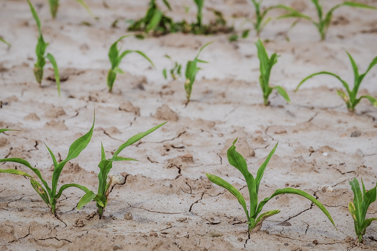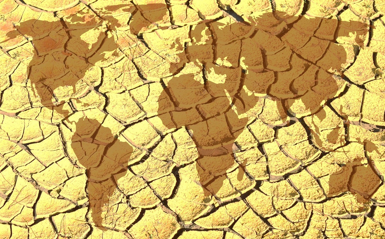
Every year, the EGU General Assembly brings together scientists from all over the world from various disciplines of the Earth, planetary, and space sciences. This conference offers a platform for scientists, particularly early career researchers, to showcase their work and exchange their ideas. This year, EGU24 took place from 15th April to 19th April in Vienna. During the event, the OUTLAST team actively presented their current achievements and work in four different sessions:
“Global bias-corrected seasonal forecasts: Towards computationally efficient near real-time solutions”

Presenter: Jan Niklas Weber
Session: AS1.3 – Subseasonal-to-Seasonal Prediction, Processes and Applications
DOI: https://doi.org/10.5194/egusphere-egu24-1602
Seasonal forecasting systems like SEAS5 tackle the sub-seasonal to seasonal time frame, spanning from weeks to months in advance. However, without bias correction, these systems display a notable deficiency in predictive accuracy. Our research has demonstrated that the “Bias Correction and Spatial Disaggregation” method (BCSD) can significantly enhance forecasting accuracy across various global regions. Our next objective is to extend this methodology from regional to global application, aiming to furnish bias-corrected forecasts for the entire planet. Our aim is to accomplish this global bias correction for SEAS5 forecasts within a time frame of less than 12 hours, a considerable improvement from the previous duration of several days. By delivering these bias-corrected data in near-real time, we facilitate better estimations, directly benefiting water managers and serving as valuable input for subsequent modeling processes.
“From development of multi-sectoral drought hazard indicators to global drought hazard propagation”
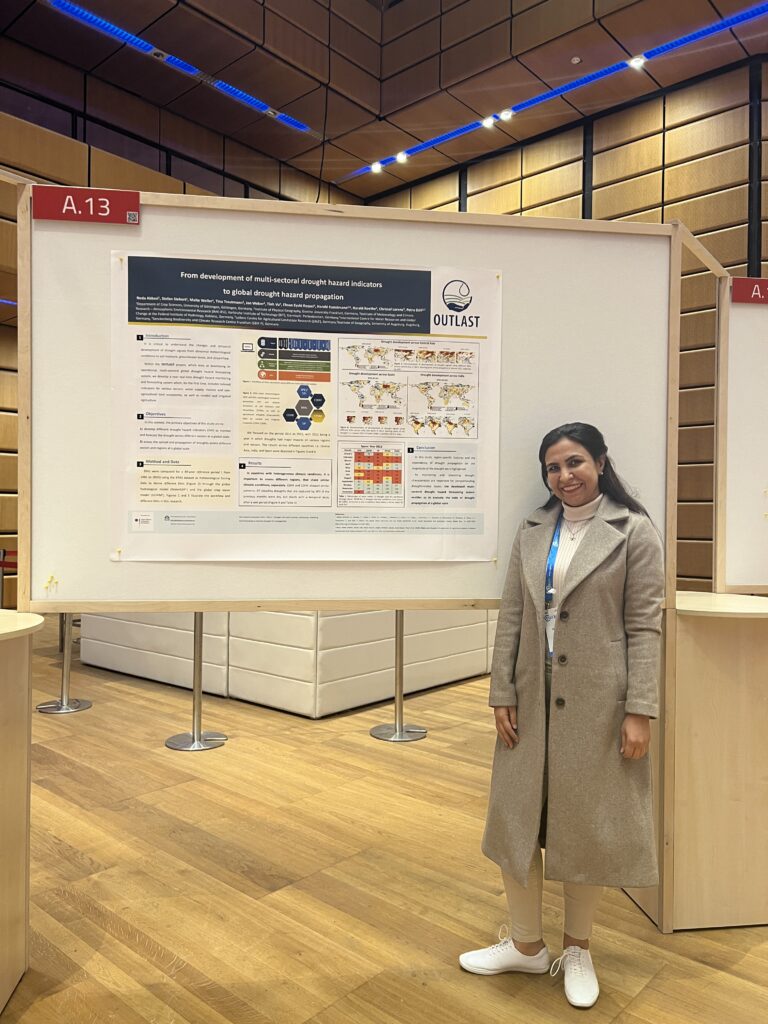
Presenter: Neda Abbasi
Session: HS4.2 – Drought and water scarcity: monitoring, modelling and forecasting to improve drought risk management
DOI: https://doi.org/10.5194/egusphere-egu24-3770
The majority of studies on drought events have concentrated on a particular drought type limiting a holistic understanding of drought characteristics and progression of different drought types over time. The primary objectives of this study were to 1) develop different drought hazard indicators (DHI) to monitor the drought across different sectors; and 2) assess the propagation of droughts across different sectors and regions globally. During this poster session we presented our findings on drought propagation from meteorological drought, extending to rainfed agriculture due to soil moisture deficiency, over streamflow, and eventually reaching irrigated agriculture. Our poster attracted audiences from different disciplines leading to several fruitful one-on-one discussions.
“Towards global monitoring and seasonal forecasting of wildfire hazards based on a global hydrological model”
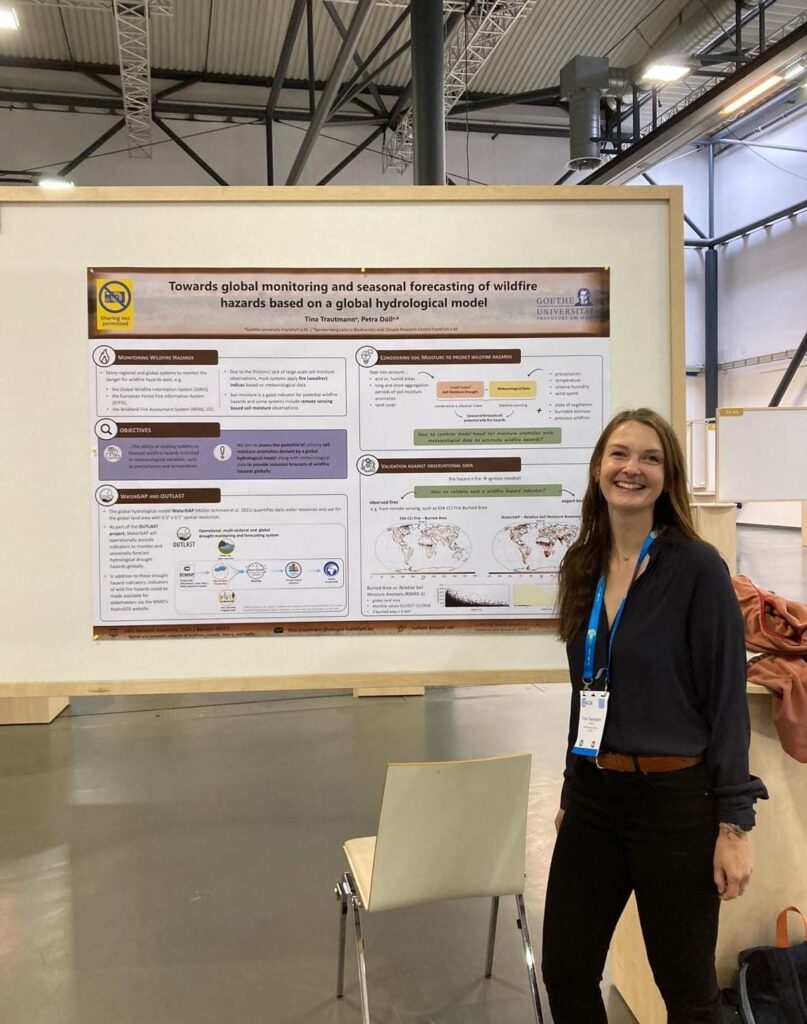
Presenter: Tina Trautmann
Session: NH7.1 – Spatial and temporal patterns of wildfires: models, theory, and reality
DOI: https://doi.org/10.5194/egusphere-egu24-4332
Among others, the OUTLAST system will include model-based indicators to monitor and seasonally forecast soil moisture droughts, that also provide information on vegetation health and thus on potential wildfire hazards. While existing wildfire monitoring systems rely on indices based on meteorological data or on remote-sensing based observations on soil moisture anomalies and the state of vegetation health, their ability to forecast wildfire hazards is limited. We therefore suggest utilizing soil moisture from a global hydrological model that is forced by historic and seasonal forecasts of meteorological variables to not only monitor, but also provide seasonal forecasts of wildfire hazards globally. In this poster we presented our ideas on how to combine model-based soil moisture drought indicators with meteorological data and ancillary data sets to estimate wildfire hazards. During the poster session, strategies and limitations of how to validate such indicators of wildfire hazards and the application of machine learning methods for their estimation were discussed with experts from the wildfire community.
“Conceptualization and implementation of a global drought monitoring and forecasting system within the HydroSOS framework”
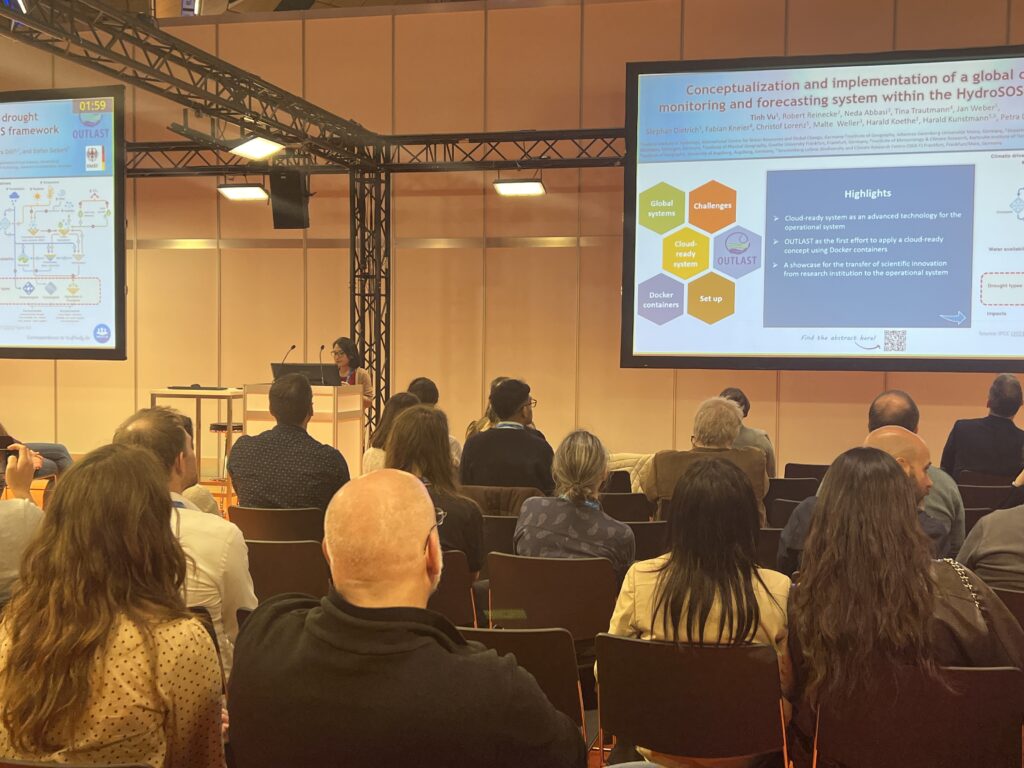
Presenter: Tinh Vu Session: HS4.4 – Operational forecasting and warning systems for natural hazards and climate emergency: challenges and innovations DOI: https://doi.org/10.5194/egusphere-egu24-8599
During the PICO session, we presented the concept of a global drought monitoring and forecasting system in OUTLAST and how to implement this within the HydroSOS framework. In this talk, we highlighted the main challenges in the technical transfer of a complex system from the academic fields to the operational mode using new IT infrastructure. Furthermore, a solution was proposed to overcome this issue using case studies in OUTLAST. There, for the first time, the cloud-ready system and the „container“ concept were introduced to be applied in the environmental modelling systems. This concept is expected to serve as a blueprint for other efforts to transfer scientific workflows into an operational environment. The presentation received high interest from the on-site audience leading to fruitful discussions on the PICO screen.
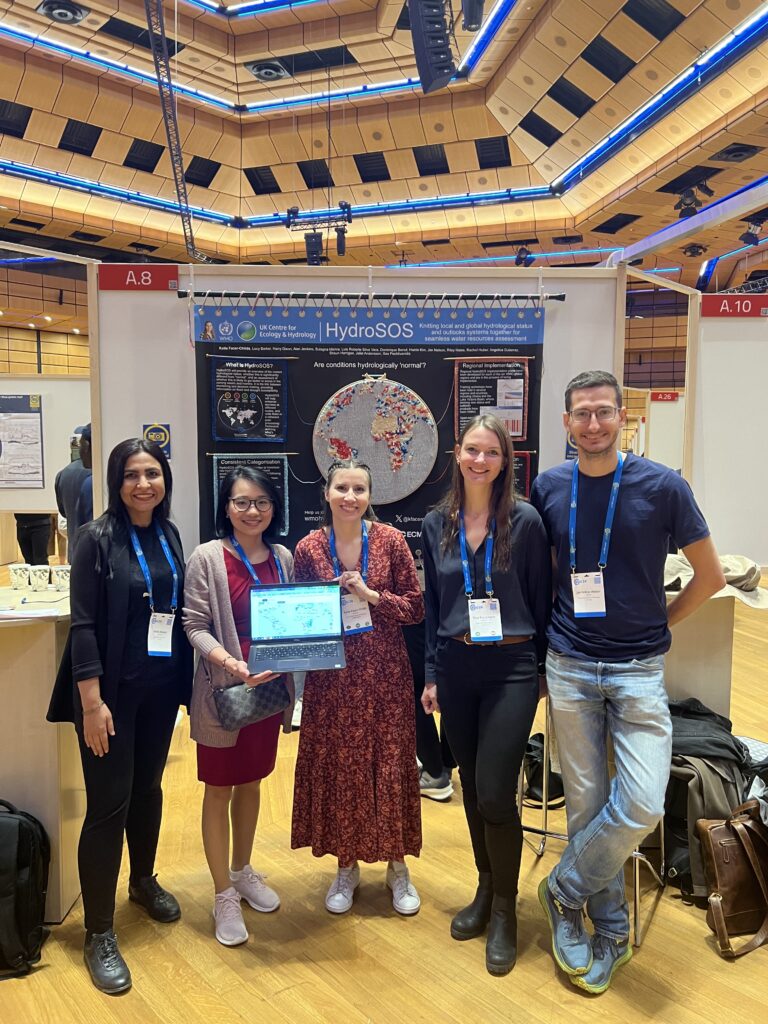
Last but not least, apart from presenting and discussing our current outcomes, EGU24 was a great opportunity for the OUTLAST team to meet other project collaborators. Katie Facer-Childs, leader of the HydroSOS team in UKCEH (UK Center for Ecology and Hydrology) presented their achievements as well as the first outputs of OUTLAST on their web portal. With the supports from HydroSOS team, the final products of OUTLAST will soon be publicly available on the HydroSOS portal as the “global products” category.
